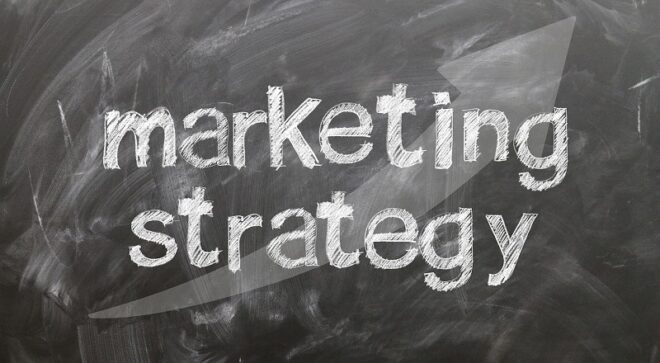How Can Big Data Analytics Improve Healthcare?

TechsPlace | Big data is nosing its way into healthcare. Advanced analytics tools in data science are making it possible for hospitals and medical institutions to collect patient and staff data at a much micro level, and discover insights to augment business operations. The Big Data Analytics Course is the perfect course for experts who need to obtain inside and out information on Big Data structures.
Chief Digital Transformation Officers and Big Data Analysts stand to be hired in large numbers, as the healthcare industry begins to use new technologies.
Technology in healthcare is a huge value market. It is estimated to disrupt healthcare like has not been done to any other industry – including leaving disruptors like Airbnb and Uber behind.
Imagine a multispecialty hospital that has partnered with Microsoft to incorporate big data analytics. Its doctors can now do rounds of ICU from anywhere. A name in red means the patient is in ICU. The post-op status of the patient can be seen on the app by one click. She can monitor a number of vitals – urine output, ECG, level of consciousness, and much more – directly routed from the machines to an app.
Using big data in healthcare can save nations billions, improve their medical system as a whole, increasing margins for healthcare units.
We track five major applications of big data in the healthcare industry.
5 Applications of Big Data in Healthcare
- Electronic Medical (or Health) Records – Streamlining data
No technology conversation goes without the mention of BigData Analytics and Artificial Intelligence. The reality of the matter is all new-age technologies need data. In medical science, Electronic Health Records (EHR) is how hospitals collect and structure data. From patients’ digital footprints (demographics, medical history, test results, etc.) to details of staff (nurses, doctors, surgeons on and off-premises) and room occupancy, among other things.
Electronic Health Records are the biggest application of big data in medicine. EHR is making it possible for doctors to track patients, send reminders, and warnings to them – all without any paperwork. Despite its advantages, many countries haven’t yet fully integrated their medical institutions with EHR.
- Preventive Healthcare – At-risk patients
Besides palliative care, preventive healthcare is becoming robust and accurate with big data analytics. Say, for every heart surgery a hospital performs, and they can predict based on one’s history and health status, the chances of one who recently had surgery to having problems in the future.
Big data combines with Machine learning to bring about the benefits of preventive healthcare.
- Determining the cost-effectiveness of drugs
During clinical trials, evaluating a new medicine involves not only the safety, quality, and efficacy of the drug but also its cost-effectiveness. Cost-effectiveness is a function of the acquisition cost, along with other metrics such as its effectiveness, supply management costs, adverse reactions, quality of life, etc. Big data can aid health services to mine the clinical data to gauge the cost-effectiveness with much precision.
- Enhancing access at all three levels of healthcare
Three-level of healthcare involve – the primary (first level of contact between patient and families with the healthcare system), secondary (referring patients from primary to specialists in second-tier), and tertiary (specialized consultative care with specialized ICUs, advanced diagnostic services, and the likes).
Data analytics can augment the velocity of healthcare to even the remotest parts of a city: reducing patient wait-times through better scheduling and staffing and improving patient experience with personalized treatment.
- Real-time alerting and Self-recording – Patient wearables
Clinical Decision Support (CDS) can now analyze medical data on the spot to improve prescriptive decisions. While practitioners do that, real-time alerting through wearables can be a new part of the strategy for doctors. Many health-conscious consumers are banking on wearables and smart devices, becoming directly involved in monitoring their health. This patient’s health data can be linked to the cloud, and CDS can assist professionals, advise patients, soon as they see any red flags. This is set to become one of the crucial applications of Big Data analytics in healthcare.
Where to start?
It can’t be a one-man show. To fundamentally change how healthcare institutions operate require including big data analyst and down the road, preferably Chief Digital Strategy Officers to associate with the system. They will drive the integration of digital technology and data produced into all areas of a health organization.
Institutions will put information in the hands of analysts, who will work on leveraging data for augmenting business value. The need for technology and analytics professionals will see a spike in healthcare. They will work with all echelons to change the operating model, drive innovation, and eliminate operational efficiencies. Training and getting serviced through Big Data certifications can help these professionals get their foot in the door of this healthcare revolution. Robots performing surgeries, doctors doing rounds of ICU without being physically present, warning patients about their health in well before time, taking healthcare coverage to the remotest of places, and many such changes can be actualized with hi-tech solutions and advanced analytics.
The road to evolving from a proficiency-based system to being data-driven will rid the system of flawed practices for better: bringing higher growth, impact, and access to all.
I just find myself happy with the simple things. Appreciating the blessings God gave me.





